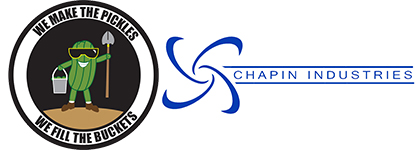What are EC values in soilless agriculture?
In soilless agriculture, it is very important to ensure that the medium, in this case water, has the required nutrients to ensure that the plant remains disease free and is able to mature. One method to accomplish this is by monitoring the EC level of the water at regular intervals. What is EC and how can it effect the health and quality of the plant?
What is EC?
EC is an acronym for electrical conductivity. This is caused by the amount of dissolved solids that are in the water and how a flow of electrons moves through it. The higher the EC level, the more dissolved solids are present, equally, the lower the EC level means that there are fewer dissolved solids. This is important as lower EC levels mean that the nutrients in the water solution will be poorly absorbed by the plant. Each type of plant and phase of growth often has a different EC level requirement. For example, flowering plants generally require a higher level of .9 – 1.8 millisiemens and non flowering plants can usually use between .3 and .5 millisiemens. Through the phases of growth this can change as well, it can be between .8 and 1.8 millisiemens and the blooming phase can be a bit less, .4 – .8 millisiemens. The good thing is that much of this can be automated. To raise the EC level, adding nutrient solution is generally the best way to do it and to lower it, diluting it in more water. As the plants mature, the EC levels will need to be checked more frequently.
How does it affect the plants?
Maintaining the proper EC level based on the species of plant is critical, since each one has different levels at different stages of growth. For example, here is a chart of some common crops that can be grown in soilless environments:

Also notice that PH levels also play a role in optimal growth. Too low of an EC value can cause slower than expected growth or seemingly no growth. It can also effect the quality of the fruit of the plant. To grow several different crops together, one can simply take the average of the EC and PH levels and maintain that target.
Methods of regulation
There are several different ways to measure the EC level of the solution, but the most popular way is to use a digital EC reader that has been calibrated to periodically take readings. These readings should be recorded for future reference. One project that is being worked on at the pickle factory is automation using sensors and Arduino boards. This enables capturing a high-resolution data set that can be studied using R or some other method to increase efficiency in the future as well as automate most of the process of growing and monitoring plants while growing. In addition, with this in place, remote management would be possible.


